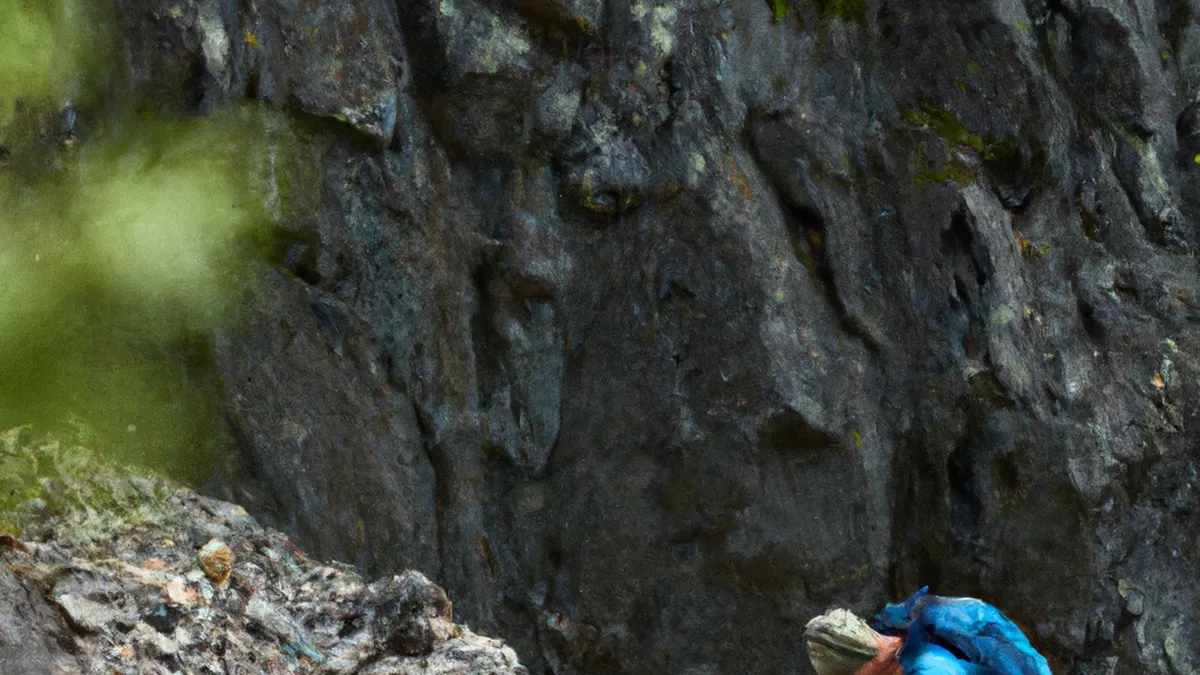Rock the Trails: Core Stability Secrets
Core Stability for Hiking: Tips for a Stronger AdventureHiking connects you with nature while providing physical activity. Prepare your body for various terrain challenges. Core stability plays a crucial role in hiking. A strong core enhances your balance, endurance, and overall experience. This blog post explores tips and benefits of improving core stability for hiking.
Understanding Core Stability
Core stability means your body maintains balance and control through its central part. This includes your abdomen, lower back, hips, and pelvis. A stable core supports your spine and promotes efficient movement. When hiking, a strong core helps you navigate uneven trails and steep inclines.
Why Core Stability Matters for Hiking
Core stability is essential for several reasons. First, it improves your balance. Your core helps you stay upright on rocky paths and steep hills. Second, it reduces injury risk. A strong core supports your joints, preventing strains and sprains. Finally, it enhances endurance. A stable core allows longer hikes without fatigue.
Tips for Building Core Stability
As an Amazon Associate I earn from qualifying purchases.
Gear tip: consider agility cones, speed ladder, and mini hurdles to support this topic.
Incorporate core exercises into your routine to enhance your hiking experience. Here are effective tips for improving core stability.
1. Planks
Planks build core strength effectively. Start in a push-up position, resting on your forearms. Keep your body straight from head to heels. Hold this position for 30 seconds, gradually increasing the time as you strengthen.
2. Bicycle Crunches
Bicycle crunches effectively target abdominal muscles. Lie on your back with hands behind your head. Lift your legs and bend your knees to a 90-degree angle. Alternate bringing your elbow to the opposite knee in a pedaling motion. Aim for three sets of 15 repetitions.
3. Side Planks
Side planks strengthen your obliques, crucial for stability. Lie on your side with straight, stacked legs. Prop yourself up on one forearm, lifting your hips off the ground. Hold for 30 seconds and switch sides. This exercise enhances lateral stability for hiking.
Advice for Incorporating Core Exercises
Integrate core exercises into your weekly routine. Aim for two to three core workouts weekly. Do these exercises at home or the gym. Start with shorter sessions and gradually increase intensity and duration. Consider adding core stability exercises to your warm-up routine before hiking.
Stay Consistent
Consistency is key for improvement. Regular practice leads to gradual gains. Track your progress and celebrate small milestones to stay motivated. Join a hiking group or fitness class for enjoyment and accountability.
Listen to Your Body
Pay attention to your body while working on core stability. Stop the exercise if you feel pain or discomfort. Focus on proper form to avoid injuries. Consult a fitness professional if you’re unsure of your technique.
Benefits of Core Stability for Hiking
Improving core stability offers numerous benefits for hikers. First, it enhances overall performance. A strong core helps you tackle challenging trails confidently. Second, it boosts endurance, allowing longer hikes without fatigue.Additionally, a stable core improves posture. Good posture reduces back strain during long hikes. Better posture enhances breathing, leading to increased oxygen intake and improved stamina.Finally, core stability enhances your hiking enjoyment. A stronger core boosts your confidence on tricky terrains and steep inclines. This confidence encourages you to explore new trails and fully embrace the outdoors.
Conclusion
Core stability is vital for a successful hiking experience. It enhances balance, reduces injuries, and improves endurance. Incorporate core exercises into your routine for significant hiking performance improvements. Stay consistent and listen to your body as you work toward a stronger core. Lace up your hiking boots and hit the trails with newfound confidence! Happy hiking!
Below are related products based on this post:
FAQ
Why is core stability important for hiking?
Core stability is crucial for hiking as it improves balance, reduces injury risk, and enhances endurance. A strong core supports the spine and helps navigate uneven trails and steep inclines, allowing for a more enjoyable hiking experience.
What are some effective exercises to build core stability?
Effective exercises for building core stability include planks, bicycle crunches, and side planks. These exercises target different muscle groups in the core, helping to strengthen the abdomen, lower back, and obliques for better stability while hiking.
How often should I incorporate core exercises into my routine?
It is recommended to incorporate core exercises into your routine two to three times a week. You can start with shorter sessions and gradually increase the intensity and duration as your strength improves, ensuring consistent progress.















Post Comment